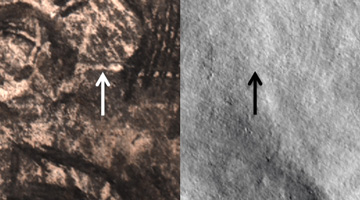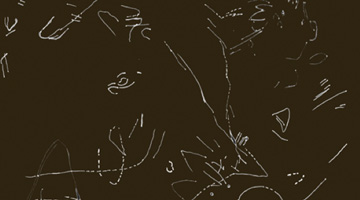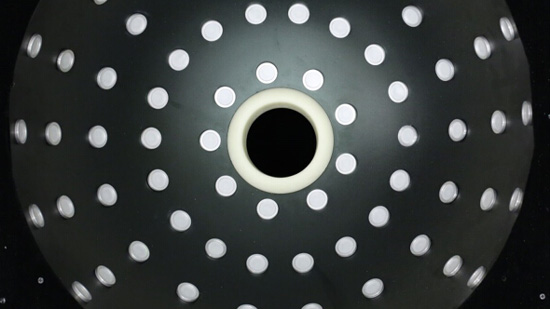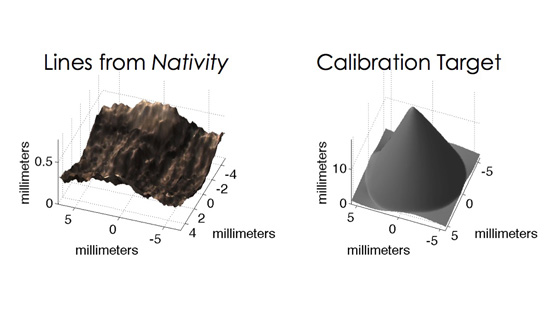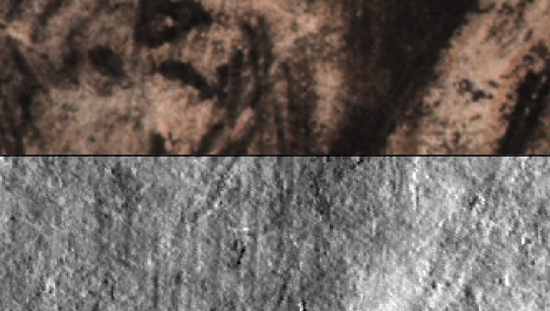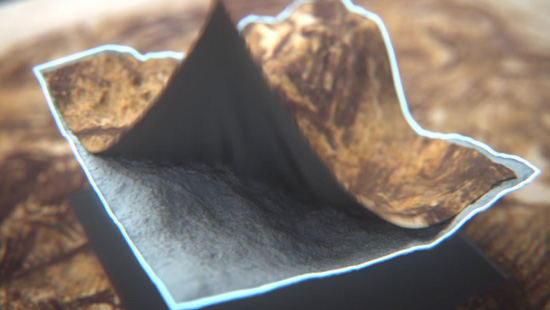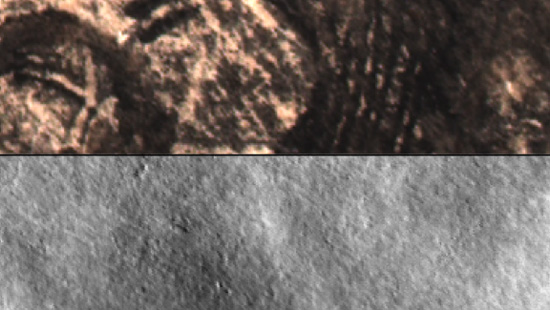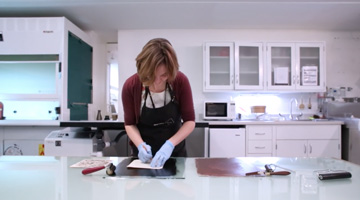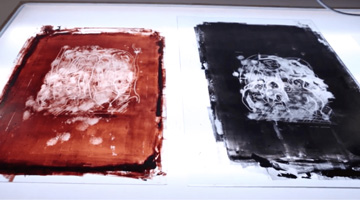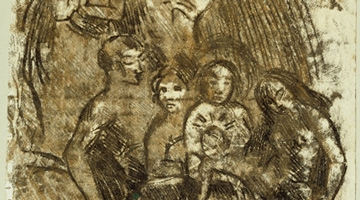
Publication:
"Surface Shape Studies of the Art of Paul Gauguin
Presentation at the AAAS Annual Meeting on Information, Innovation, and Imaging, 2014:
“Surface Shape Studies of the Art of Paul Gauguin,” O. Cossairt, X. Huang, N. Matsuda, J. Tumblin, A. Katsaggelos, D. Kronkite, G. Bearman, H. Stratis, M. Broadway, M. Walton.
RTI and Paul Gauguin: Summer Research for Teachers With The Center for Scientific Studies in the Arts:
Carla Stone, a Golden Apple 6th grade Science and Social Studies teacher at Martin Luther King Literary and Fine Arts School in Evanston, shares her summer experience shares her summer experience with the Research Experience for Teachers program at Northwestern University. Stone's research focused on using RTI on Paul Gauguin's prints to better understand his process during their creation.

